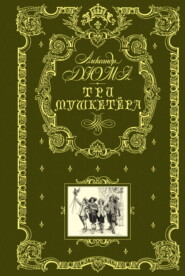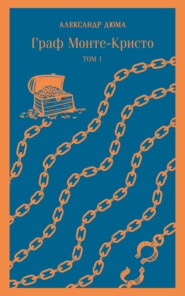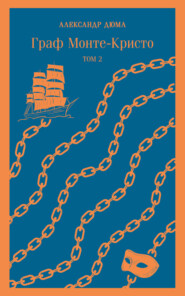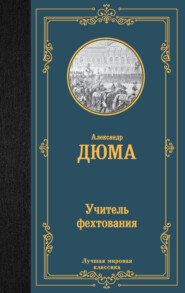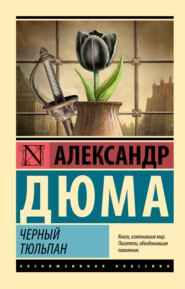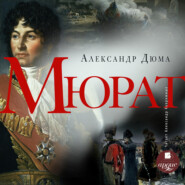По всем вопросам обращайтесь на: info@litportal.ru
(©) 2003-2024.
✖
The Companions of Jehu
Настройки чтения
Размер шрифта
Высота строк
Поля
“I am going to take you to a friend of mine, M. Leduc, a poet who in his spare moments is an inspector.”
“Inspector of what?”
“Of the forest.”
“Are there any ruins in the forest?”
“The Chartreuse, which is not in the forest, but merely some hundred feet from it.”
“And in the forest?”
“There is a sort of hermitage which is called La Correrie, belonging to the Chartreuse, with which it communicates by a subterranean passage.”
“Good! Now, if you can provide me with a grotto you will overwhelm me.”
“We have the grotto of Ceyzeriat, but that is on the other side of the Reissouse.”
“I don’t mind. If the grotto won’t come to me, I will do like Mahomet – I will go to the grotto. In the meantime let us go to M. Leduc.”
Five minutes later we reached M. Leduc’s house. He, on learning what we wanted, placed himself, his horse, and his carriage at my disposal. I accepted all. There are some men who offer their services in such a way that they place you at once at your ease.
We first visited the Chartreuse. Had I built it myself it could not have suited me better. A deserted cloister, devastated garden, inhabitants almost savages. Chance, I thank thee!
From there we went to the Correrie; it was the supplement of the Chartreuse. I did not yet know what I could do with it; but evidently it might be useful to me.
“Now, sir,” I said to my obliging guide, “I need a pretty site, rather gloomy, surrounded by tall trees, beside a river. Have you anything like that in the neighborhood?”
“What do you want to do with it?”
“To build a château there.”
“What kind of a château?”
“Zounds! of cards! I have a family to house, a model mother, a melancholy young girl, a mischievous brother, and a poaching gardener.”
“There is a place called Noires-Fontaines.”
“In the first place the name is charming.”
“But there is no château there.”
“So much the better, for I should have been obliged to demolish it.”
“Let us go to Noires-Fontaines.”
We started; a quarter of an hour later we descended at the ranger’s lodge.
“Shall we take this little path?” said M. Leduc; “it will take us where you want to go.”
It led us, in fact, to a spot planted with tall trees which overshadowed three or four rivulets.
“We call this place Noires-Fontaines,” M. Leduc explained.
“And here Madame de Montrevel, Amélie and little Edouard will dwell. Now what are those villages which I see in front of me?”
“Here, close at hand, is Montagnac; yonder, on the mountain side, Ceyzeriat.”
“Is that where the grotto is?”
“Yes. But how did you know there was a grotto at Ceyzeriat?”
“Never mind, go on. The name of those other villages, if you please.”
“Saint-Just, Tréconnas, Ramasse, Villereversure.”
“That will do.”
“Have you enough?”
“Yes.”
I drew out my note-book, sketched a plan of the locality and wrote about in their relative positions the names of the villages which M. Leduc had just pointed out to me.
“That’s done!” said I.
“Where shall we go now?”
“Isn’t the church of Brou near this road?”
“Yes.”
“Then let us go to the church of Brou.”
“Do you need that in your novel?”
“Yes, indeed; you don’t imagine I am going to lay my scene in a country which contains the architectural masterpiece of the sixteenth century without utilizing that masterpiece, do you?”
“Let us go to the church of Brou.”
A quarter of an hour later the sacristan showed us into this granite jewel-case which contains the three marble gems called the tombs of Marguerite of Austria, Marguerite or Bourbon, and of Philibert le Beau.
“How is it,” I asked the sacristan, “that all these masterpieces were not reduced to powder during the Revolution?”
“Ah! sir, the municipality had an idea.”
“What was it?”
“That of turning the church into a storage house for fodder.”






